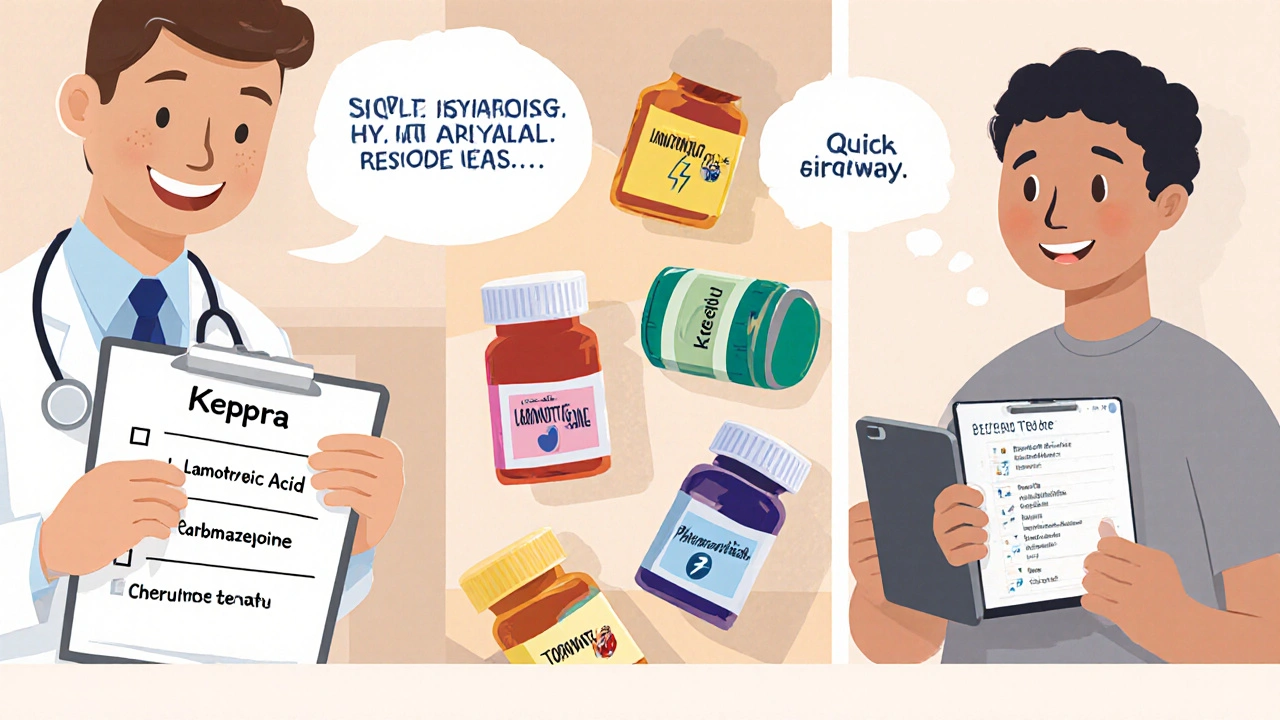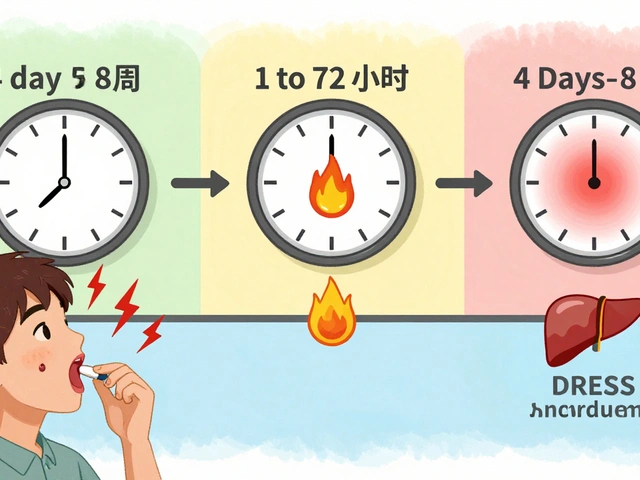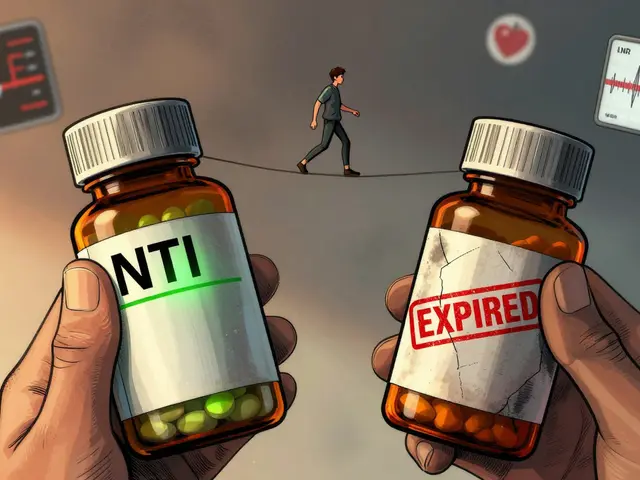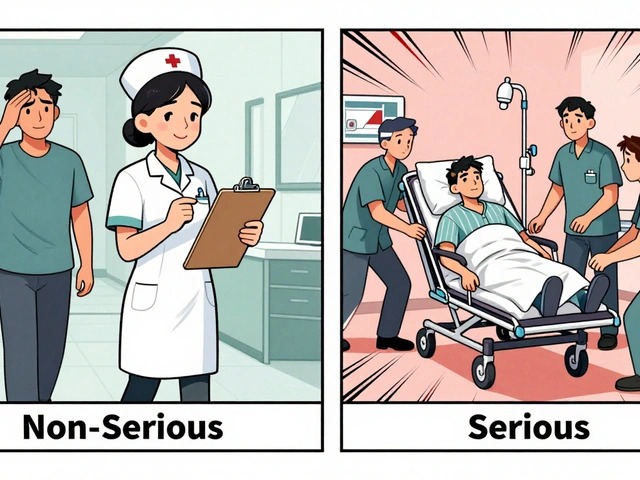Epilepsy Drugs: Safe Choices for Seizure Management
When working with epilepsy drugs, medications used to prevent or reduce seizures in people with epilepsy. Also known as antiepileptic drugs, they act by calming excessive brain activity. Epilepsy drugs are the cornerstone of daily life for anyone dealing with unpredictable seizures, and choosing the right one can feel like a puzzle. In this guide we break down the basics, talk about the most common drug families, and show how to match a treatment to your specific seizure pattern.
Key Drug Families and How They Differ
All anticonvulsants, a broad class of medicines that suppress abnormal electrical spikes in the brain share the goal of stabilizing nerve signals, but they do it in different ways. Some boost the effect of the brain’s natural calming chemicals, while others block the channels that let excitatory signals fire. A popular example is Primidone (Mysoline), an older anticonvulsant that converts into phenobarbital in the body and is often used for focal seizures. Compared to newer options like levetiracetam or lamotrigine, primidone may be cheaper but can cause more drowsiness. Understanding these nuances helps you weigh factors like cost, side‑effect profile, and how quickly the drug kicks in.
The type of seizure you experience matters a lot when picking a medication. Seizure types, categories such as focal, generalized, absence, and myoclonic seizures that differ in origin and symptoms each respond best to certain drug classes. For instance, generalized tonic‑clonic seizures often respond well to valproate, while focal seizures may be better controlled with carbamazepine or the aforementioned primidone. Knowing your diagnosis lets your doctor aim for the most effective match, reducing trial‑and‑error and getting you steadier faster.
Safety is a big piece of the puzzle. All epilepsy drugs carry a risk of side effects—some are mild, like mild fatigue or dizziness, while others can impact liver function or blood counts. Regular blood tests, especially when starting a new drug or adjusting dosage, catch issues before they become serious. Drug interactions are also common; many anticonvulsants affect how the liver processes other medicines, so always tell your pharmacist about every prescription, supplement, or over‑the‑counter product you take. Staying on top of monitoring helps keep your treatment both effective and tolerable.
Now that you’ve got the basics—what epilepsy drugs are, how anticonvulsant families differ, why seizure type matters, and what safety steps to follow—you’re ready to dive into the detailed reviews below. Each article tackles a specific medication, compares alternatives, and gives practical tips you can use when talking to your doctor. Keep reading to find the info that matches your situation and helps you manage seizures with confidence.

Keppra (Levetiracetam) vs Other Anti‑Epileptic Drugs: Comprehensive Comparison
A detailed side‑by‑side comparison of Keppra (levetiracetam) with common anti‑epileptic alternatives, covering efficacy, side effects, interactions, dosing, cost, and best‑use scenarios.
View More




